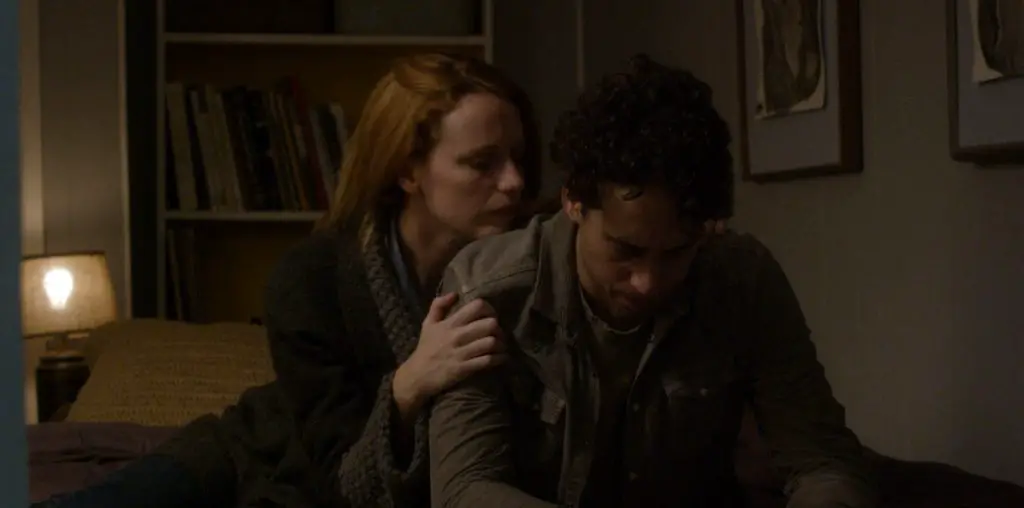
When I read the description for “Museum Hours,” I knew it was a film that I would enjoy beyond expectation. You see, I am an art historian and movie lover, so what more could I have asked for in a SXSW film? Nothing.
“Museum Hours” is contemplative, serene, intriguing and beautiful. In the madness of SXSW, it is calm and reflective. It is what you would expect to encounter if you were actually visiting an art museum, but it is also more. A movie festival acquaintance said I would love it and she admitted to me that art museums are not her favorite places to be. It throws me off even more that I know that she loved “Museum Hours” as much as I did.
Set in the Kunsthistorisches Art Museum in Vienna, Austria, “Museum Hours” follows the thoughts and interactions of museum guard Johann (Robert Sommer) as he engages a patron, Anne (Mary Margaret O’Hara), who is visiting from Montreal, Canada, because of a medical emergency in her family. Anne is alone in the city and has even borrowed money to take care of her family responsibilities, but is at a loss of what to do in a foreign city where she doesn’t speak the language. Johann gladly assists her and they engage in conversations about theirs lives and how fine art mirrors their life experiences.
Jem Cohen has reflected the art in the museum by showing use the landscapes, architecture, and open spaces of Vienna as if it were the art itself. Johann even describes to us what he sees when he interacts with his environment, just as an art historian would a painting or other piece of fine art. Johann’s favorite room is the Bruegel Room. Pieter Bruegel was known for showing all walks of life, but especially peasants.
The scene that I find most intriguing is when there is a small group of visitors discussing works with an art historian as Johann listens in the background. They are considering the center of the painting “Conversion of Paul” by Bruegel. The historian suggests two very different subjects, neither of them St. Paul, as the center of the painting, which leads the historian to tell the patrons that it is all subjective. Life, art, literature, music, film are all subjective and, while Bruegel lived in the 1500’s, much of these visual narratives still apply today and are reflected in Cohen’s movie.
In the production notes, Cohen tells us that exterior shots were done with Super 16mm film and all interior shots were digital, and all light was the natural or existing lighting of the space, which lends it realness. The crew was one to seven people and Cohen often went off on his own to wander around the city and take pictures. Cohen was inspired by the paintings in the Kunsthistorisches Art Museum of the 16th century because he could never pin down the central point of the paintings.
Cohen has given us a brilliantly meditative work that isn’t just for lovers of fine art or art museums, but a look into how the world outside is reflected by artists. I look forward to seeing more narrative films from Cohen since his focus has been on feature and short documentaries in the past. “Museum Hours” is worth a focused and contemplative look.


